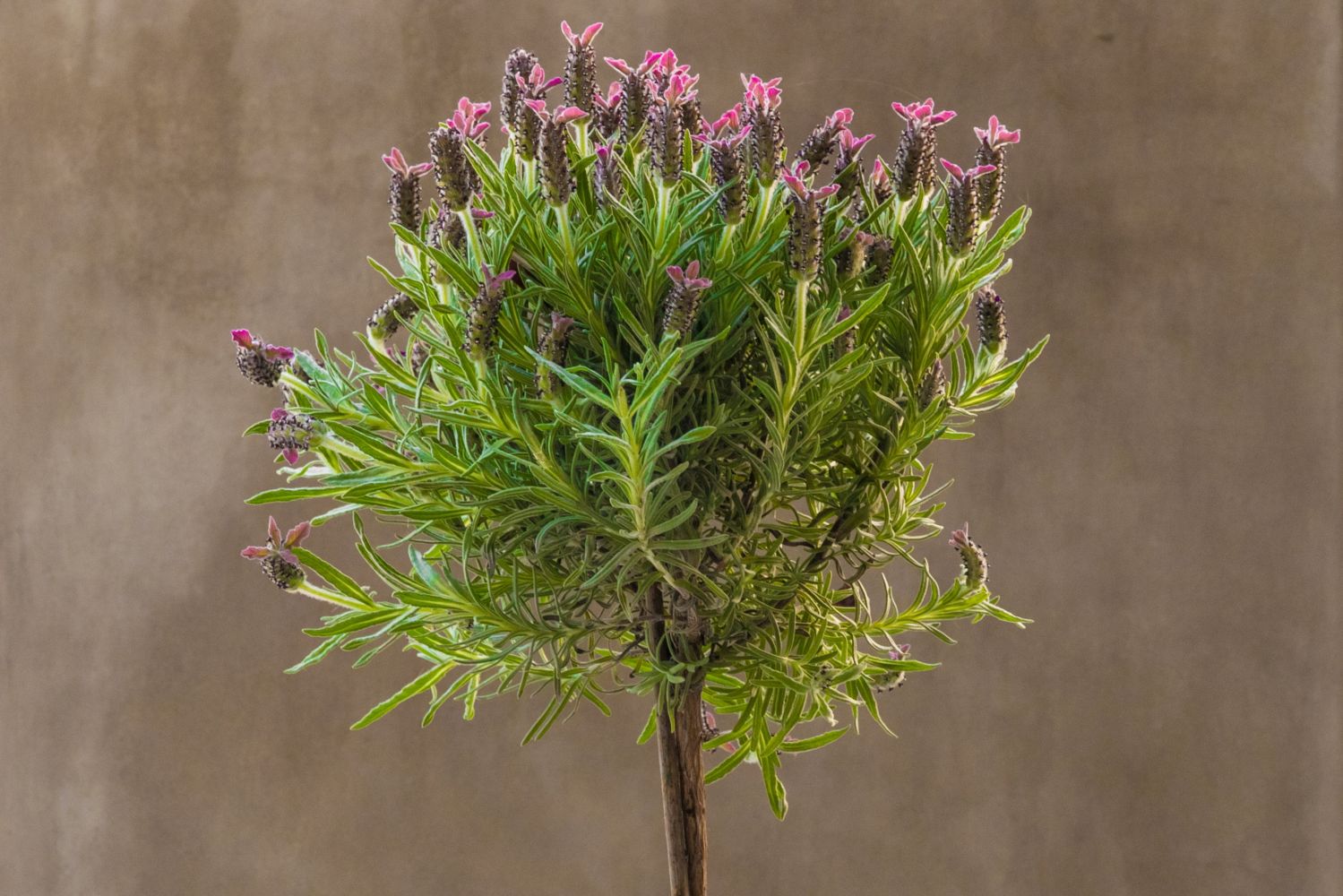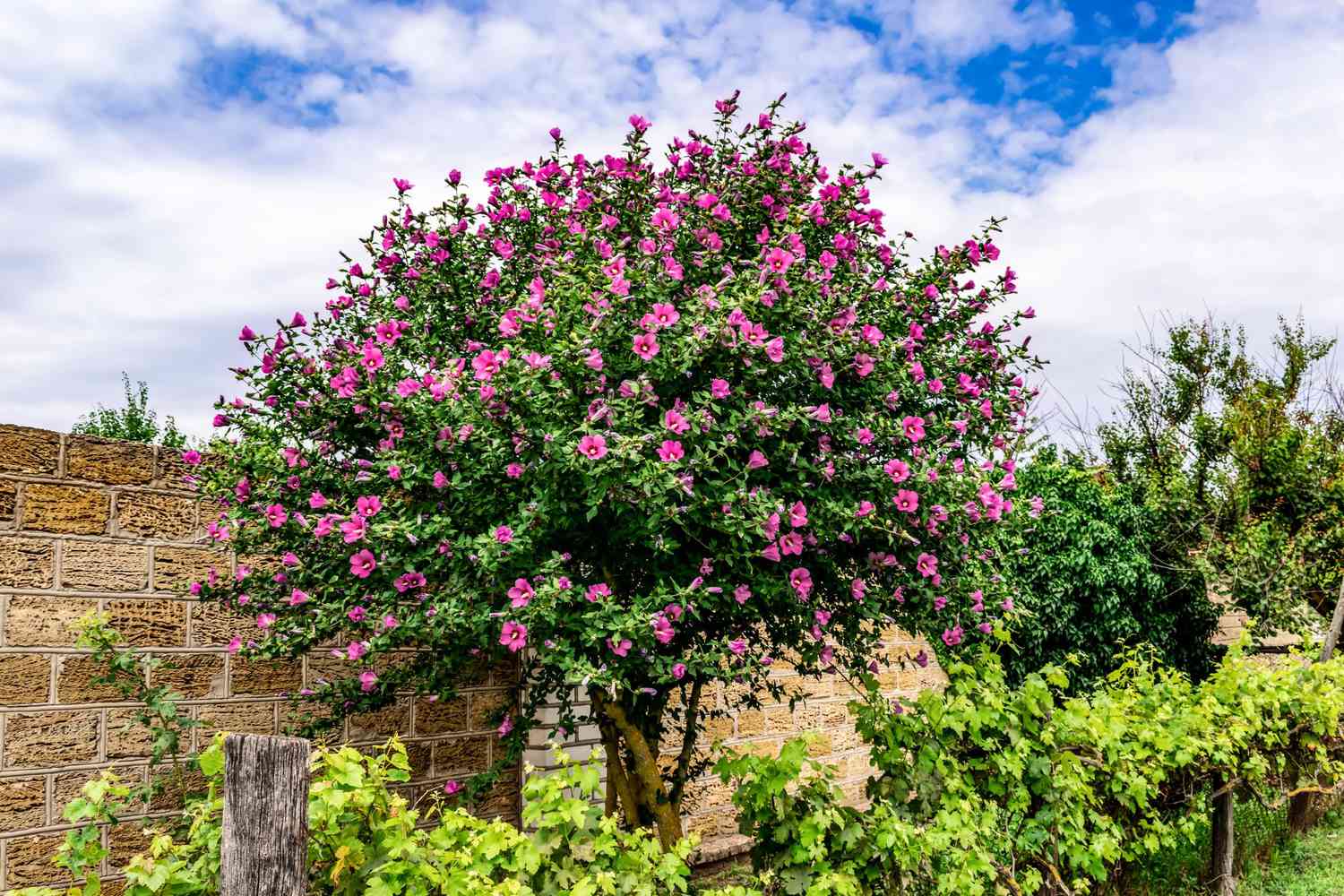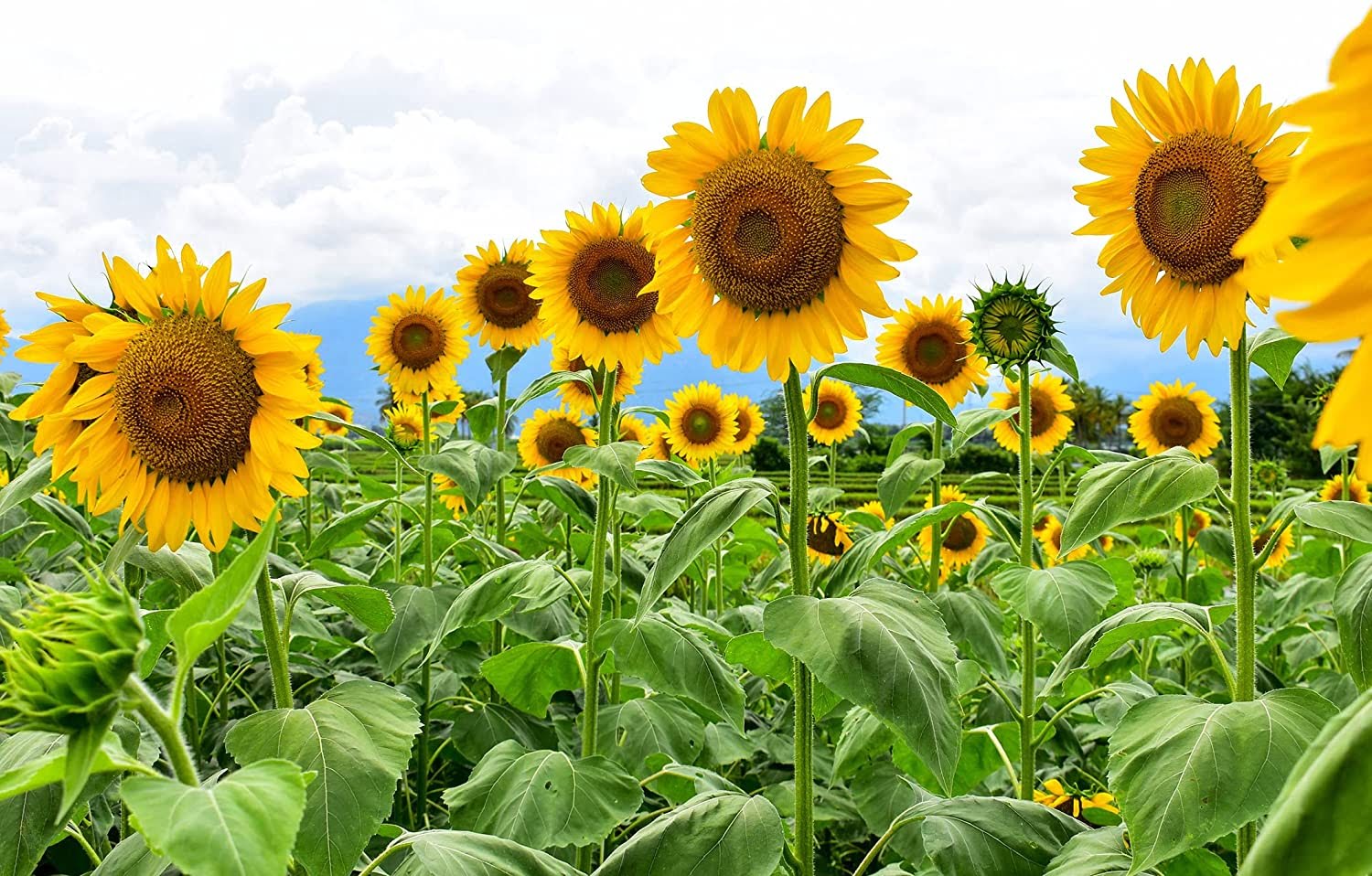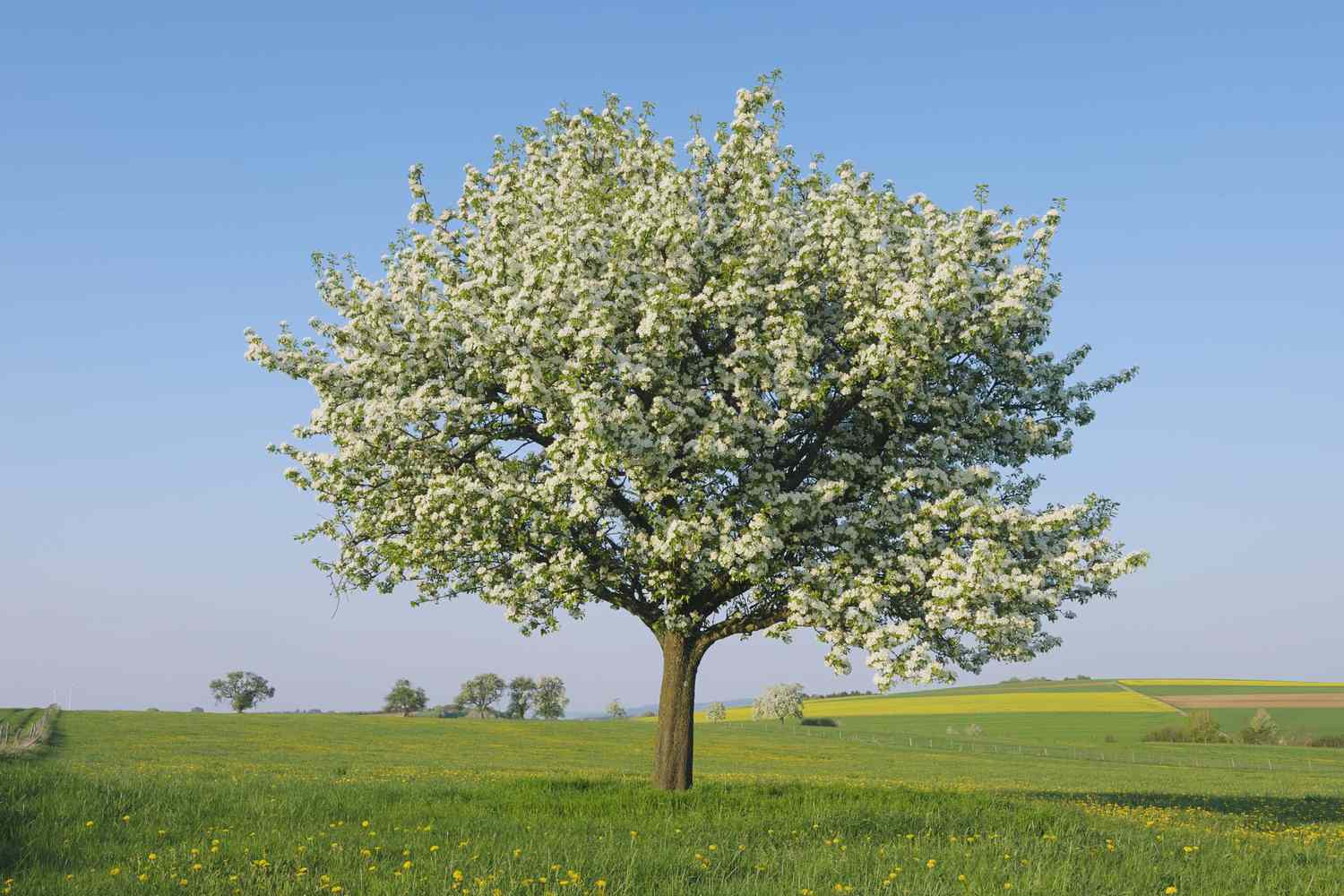Home>Gardening Techniques>Plant Care>How Big Do Pear Trees Get
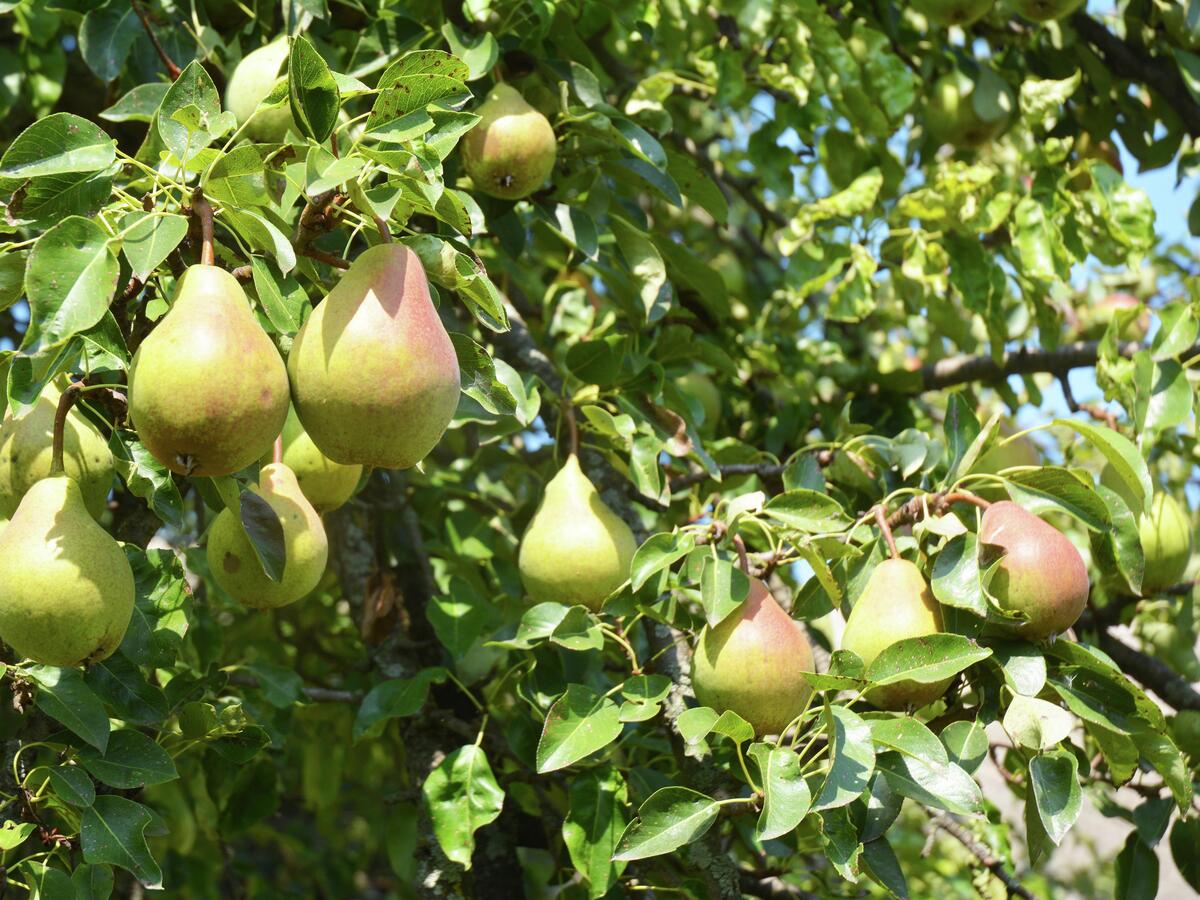

Plant Care
How Big Do Pear Trees Get
Modified: January 22, 2024
Learn all about plant care for pear trees, including how big they can grow. Discover essential tips and techniques for nurturing healthy and thriving pear trees.
(Many of the links in this article redirect to a specific reviewed product. Your purchase of these products through affiliate links helps to generate commission for Chicagolandgardening.com, at no extra cost. Learn more)
Table of Contents
Introduction
Pear trees are a popular choice for home gardeners and orchard owners alike. With their beautiful foliage, delicate flowers, and delicious fruit, these trees can add both aesthetic appeal and edible bounty to any landscape. However, before diving into the world of pear tree cultivation, it’s important to have a thorough understanding of how these trees grow and how their size can vary.
When it comes to pear trees, size matters. The size of a pear tree can determine its suitability for specific spaces, the amount of fruit it can produce, and the level of maintenance required. From the towering giants of standard pear trees to the more manageable and space-saving dwarf varieties, there are options available to suit every gardener’s needs.
In this article, we will explore the factors that influence the growth of pear trees and delve into the average sizes of different types of pear trees. We will also discuss the benefits and considerations of growing dwarf pear trees and provide tips for maintaining the desired size of your pear trees.
Whether you have a large backyard or a small urban garden, understanding the growth patterns and sizes of pear trees will empower you to make informed decisions about which varieties to choose and how to effectively care for them. So, let’s embark on this journey into the world of pear tree size and explore the possibilities of nurturing these remarkable trees.
Understanding Pear Trees
Pear trees, scientifically known as Pyrus, belong to the Rosaceae family, which also includes other fruit-bearing trees like apples and cherries. Native to Europe and Asia, pear trees have been cultivated for thousands of years and have evolved into a wide variety of cultivars with distinct characteristics.
These deciduous trees feature beautiful, glossy foliage that ranges in color from vibrant green to shades of red and yellow in the autumn. In the spring, they produce small, delicate white or pink flowers that attract pollinators, such as bees and butterflies.
Pear trees are known for their delicious and juicy fruits. The shape, size, and flavor of the fruit vary depending on the cultivar, with some varieties being sweet and others more tart. Pears are typically harvested when they are still firm and allowed to ripen off the tree for a sweeter taste.
When it comes to growth habits, pear trees can be categorized into standard, semi-dwarf, and dwarf varieties. Standard pear trees are the largest, reaching a height of 15 to 30 feet and a spread of 10 to 20 feet. These trees require more space and maintenance but can bear a significant yield of fruit.
Semi-dwarf pear trees are a more moderate option, with a height of 12 to 18 feet and a spread of 8 to 15 feet. They are a popular choice for home gardens as they produce a respectable amount of fruit while remaining more manageable in size.
Dwarf pear trees are the smallest of the three categories, reaching a height of only 6 to 10 feet and a spread of 4 to 8 feet. These compact trees are ideal for small gardens, patio containers, or even espalier training against a wall. Despite their smaller stature, dwarf pear trees can still produce a decent harvest.
Understanding the different sizes of pear trees is essential when planning your garden or orchard. Consider the available space, sunlight, soil conditions, and desired yield when selecting the right cultivar and tree size. Additionally, it is important to recognize that the size of a pear tree can be influenced by various external factors, which we will explore in the next section.
Factors Affecting Growth
Several factors can influence the growth of pear trees. Understanding these factors can help you ensure that your trees thrive and reach their maximum potential.
1. Soil: The type and quality of the soil can have a significant impact on the growth of pear trees. Well-draining soil with a pH level between 6.0 and 7.0 is ideal for these trees. Poorly drained or compacted soil can hinder root development and stunt growth.
2. Sunlight: Pear trees require at least six hours of direct sunlight daily to produce healthy foliage and abundant fruit. Insufficient sunlight can lead to weak growth and diminished fruiting.
3. Water: Adequate water is crucial for the growth of pear trees, especially during the early stages. While mature trees are relatively drought-tolerant, consistent watering during dry spells will help promote healthy growth and fruit production.
4. Pruning: Proper pruning plays a vital role in shaping the growth of pear trees. Regular pruning helps maintain the desired size, improves air circulation, and promotes fruit production by removing dead or diseased wood.
5. Pollination: Most pear trees require cross-pollination with a compatible cultivar to produce fruit. Planting at least two different varieties within close proximity is essential for successful pollination and optimal fruit set.
6. Climate: Pear trees thrive in temperate climates with distinct seasons. Some varieties require a certain number of chilling hours to break dormancy and bear fruit. It’s important to select cultivars suited to your specific climate.
7. Fertilizer: Providing the right nutrients at the right time can significantly impact the growth of pear trees. Apply a balanced fertilizer during the growing season, following the recommended dosage, to ensure healthy tree development.
By considering and addressing these factors, you can create an optimal environment for your pear trees to thrive, leading to robust growth and bountiful harvests. Keep in mind that different cultivars may have specific requirements, so research the particular needs of your chosen variety for the best results.
Average Size of Pear Trees
The size of pear trees can vary depending on the cultivar and growth conditions. Here, we will explore the average height and spread of different types of pear trees.
1. Standard Pear Trees: Standard pear trees are the largest in size, typically reaching a height of 15 to 30 feet and spreading 10 to 20 feet wide. These majestic trees require ample space and are commonly found in large orchards or spacious gardens.
2. Semi-Dwarf Pear Trees: Semi-dwarf pear trees are a more moderate option, ideal for home gardeners who want a balance between tree size and yield. They typically grow to a height of 12 to 18 feet with a spread of 8 to 15 feet, making them more manageable in size and easier to maintain.
3. Dwarf Pear Trees: If you have limited space or prefer to grow pear trees in containers or small gardens, dwarf pear trees are the perfect choice. These compact trees reach a height of only 6 to 10 feet with a spread of 4 to 8 feet. Despite their small stature, they can still produce a good yield of fruit.
It’s important to note that these size ranges are averages and can vary depending on factors such as the specific cultivar, growing conditions, and regular pruning. Additionally, proper care and maintenance can influence the overall size and shape of pear trees.
When selecting pear tree varieties, consider not only the size of the mature tree but also your available space and desired yield. Planting dwarf or semi-dwarf varieties can help maximize space and make maintenance more convenient, while standard trees may be more suitable for larger areas or commercial orchards.
Remember to provide adequate sunlight, water, nutrients, and regular pruning to ensure healthy growth and abundant fruit production. With proper care, your pear trees can thrive and provide you with years of delicious harvests.
Growing Dwarf Pear Trees
Dwarf pear trees are an excellent choice for those with limited space or who prefer to grow fruit trees in containers. These compact trees offer all the beauty and fruiting potential of standard pear trees but in a smaller and more manageable package. Here are some essential tips for successfully growing dwarf pear trees:
1. Selecting the Right Variety: Choose a dwarf pear tree variety that is well-suited to your climate and desired fruit characteristics. Some popular dwarf pear varieties include ‘Bartlett’, ‘Seckel’, and ‘Harrow Delight’. Research the specific needs of your chosen variety regarding soil, sunlight, and pollination requirements.
2. Planting: Plant your dwarf pear tree in a location that receives at least six hours of direct sunlight every day. Ensure that the soil is well-draining and rich in organic matter. The planting hole should be wide enough to accommodate the root ball and deep enough for the tree to sit at the same level it was in the container.
3. Spacing: When planting multiple dwarf pear trees, space them according to the instructions provided for your specific variety. Providing adequate spacing allows for proper air circulation and minimizes competition for nutrients and sunlight.
4. Pollination: Most dwarf pear trees require cross-pollination from another compatible pear tree cultivar to produce fruit. Make sure to plant at least one other pear variety nearby for successful pollination. Check the pollination requirements of your chosen cultivar and select a suitable pollinator.
5. Training and Pruning: To keep your dwarf pear tree compact and well-shaped, consider pruning and training techniques. Regular pruning helps maintain the desired size, removes dead or diseased wood, and improves air circulation. Espalier training can also be done to grow the tree flat against a wall or trellis, saving even more space.
6. Watering and Fertilizing: Proper watering is crucial, especially during the first few years of growth. Water your tree deeply and regularly, but avoid overwatering, as it can lead to root rot. Fertilize your dwarf pear tree annually with a balanced fertilizer to provide essential nutrients for healthy growth and fruit production.
7. Pest and Disease Control: Monitor your dwarf pear tree for any signs of pests or diseases that may hinder its growth and fruiting. Common issues include pear psylla, fire blight, and coddling moth. Taking preventive measures, such as practicing good sanitation and using organic pest control methods, can help keep your tree healthy.
By following these guidelines and providing proper care, you can enjoy the beauty and bounty of dwarf pear trees in even the smallest of spaces. Their compact size makes them perfect for urban gardens, patios, or even indoor cultivation. With a little effort, you’ll be rewarded with delightful harvests of juicy and flavorful pears.
Maintaining the Size of Pear Trees
Controlling the size of pear trees is essential for maintaining a manageable and productive tree. Regular maintenance tasks can help ensure that the tree remains within the desired size range. Here are some tips for maintaining the size of pear trees:
1. Pruning: Regular pruning is crucial for controlling the growth of pear trees. Pruning should be done during the dormant season to remove dead, damaged, or diseased branches. Additionally, selectively remove any crossing or crowded branches to improve airflow and light penetration. Pruning can also help encourage fruit production and maintain the tree’s desired shape and size.
2. Thinning the Fruits: A heavy crop load can lead to overly vigorous growth and can cause branches to bend or break under the weight of the fruit. Thinning the fruits will reduce the strain on the tree and promote larger, healthier fruits. Remove small or misshapen fruits when they are about 1 inch in diameter, leaving an adequate spacing between the remaining fruits on the branches.
3. Root Pruning: If the goal is to maintain the size of the tree in a specific area, root pruning can be employed. By carefully cutting off some of the roots in a circular pattern around the tree, you can restrict its growth. However, root pruning should be done cautiously, as excessive pruning can stress the tree and impact its overall health.
4. Controlling Water and Nutrient Supply: While pear trees require water and nutrients for healthy growth, excessive amounts can lead to overly vigorous growth. Monitor the watering to avoid overwatering, which can result in excessive vegetative growth. Similarly, avoid excessive fertilization, particularly with nitrogen-rich fertilizers, as this can stimulate rapid growth. Follow recommended watering and fertilization practices for your specific pear tree variety.
5. Espalier Training: Espalier training involves training the tree against a flat structure, such as a wall or trellis, to restrict its growth in a specific direction. This method not only saves space but also helps maintain the size and shape of the tree. Follow proper espalier techniques and regularly prune and train the branches to maintain the desired form.
By consistently implementing these maintenance practices, you can keep your pear tree within the desired size range while promoting a healthier and more fruitful tree. Remember, it is essential to strike a balance to ensure that the tree’s growth is controlled while still providing enough resources for it to thrive and produce a bountiful harvest.
Conclusion
Growing and maintaining pear trees can be a rewarding experience, whether you have a large yard or a small urban garden. Understanding the factors that affect their growth, knowing the average sizes of different types of pear trees, and learning how to care for and maintain them are essential for success.
By selecting the right variety and understanding its specific needs, you can ensure that your pear tree flourishes in its environment. Consider factors such as soil quality, sunlight, water, and pollination requirements to create an optimal growing condition for your tree.
Standard pear trees are the largest and are suitable for larger spaces or commercial orchards, while semi-dwarf and dwarf pear trees are more manageable options for home gardeners. Semi-dwarf trees offer a balance between size and yield, while dwarf trees are perfect for small gardens or container cultivation.
Maintaining the size of pear trees involves regular pruning, proper thinning of fruits, root pruning, controlling water and nutrient supply, and espalier training. By implementing these maintenance techniques, you can keep your pear tree within the desired size range while promoting healthy growth and fruit production.
Remember to regularly monitor your tree for pests and diseases and take appropriate measures to address any issues that arise. Providing proper care, including watering, fertilizing, and protecting the tree from harsh weather conditions, is vital for its overall health and productivity.
With dedication and proper care, your pear tree will thrive, providing you with beautiful blooms and delicious fruit for years to come. Enjoy the process of watching your tree grow, and savor the rewards of a well-maintained and fruitful pear tree.



